The future of Formula 1 can be found not only on a race track but hidden deep inside an imposing concrete bunker on the outskirts of Oxford.
This small corner of the Renault F1 team’s operations base is where a new generation of drivers trains for competition on virtual circuits rather than real ones. Instead of full-blown simulators that cost millions, they use PlayStations, and anyone with a copy of the latest official F1 game can get involved.
Welcome to the burgeoning F1 e-sports scene, part of a push by the sport’s owners Liberty Media to attract younger fans. Renault Sport’s commercial director, Antoine Magnan, gives some context: “The average F1 viewer is 39 years old. Eighty percent of e-sports viewers are younger. It brings our sport and motorsport in general to a much wider audience.” Last year, that audience was 5.8 million viewers, who tuned in largely through YouTube and game-streaming website Twitch rather than via traditional broadcast TV.
The Formula 1 Esports Series holds four fast-paced live events per season. Each one comprises three races, run to one-third of real-life distance. Competition is fierce, with every team effectively using a differently liveried version of the same virtual car. Drivers can tweak their set-up and choose tyre strategies, but no single team dominates proceedings. Renault finished bottom in the 2018 season but ended last season in fourth. And Mercedes failed to take a single podium in 2019 – a far cry from the real thing.
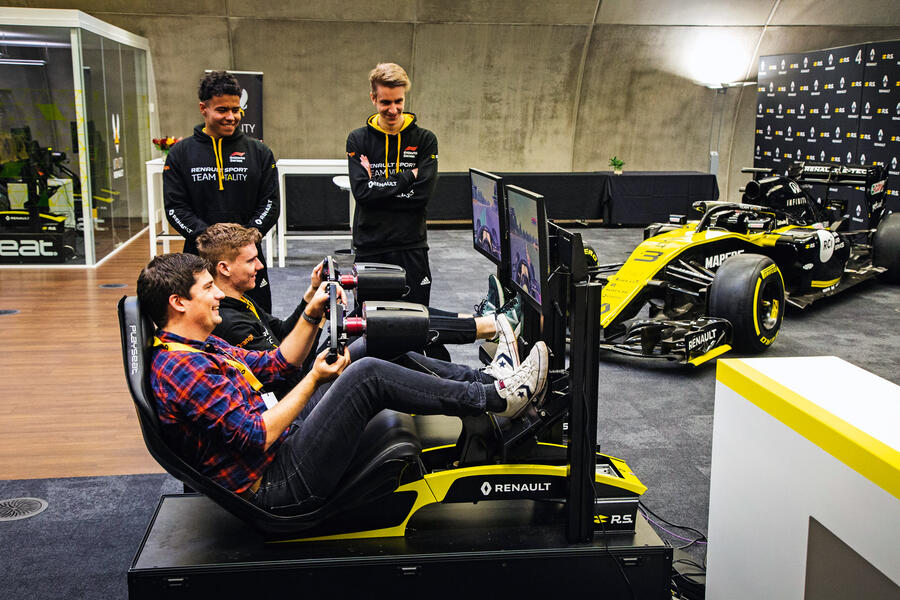
Every constructor involved in real-life F1 must field an F1 e-sports division, but Renault’s involvement goes further than a logo on the branded jerseys worn by its players. They have access to the same fitness programmes as Renault Academy drivers, focusing on postural work to avoid aches and pains after spending eight hours a day in a bucket seat. “If we know it works, we’ll employ it for e-sports,” says head of Renault’s Human Performance Centre, David Thompson. “The physicality may be different, but they still need to perform.”
The goal isn’t to prep players for real racing, just to keep them performing as best they can in e-sports. But Renault’s star player, Jarno Opmeer, actually has some on-track experience, having competed in Formula Renault Eurocup. “I think it gives me an edge over other players,” he says. “Some of the drivers are really good, but they don’t have the racecraft and track placement knowledge that comes from real driving.”
Opmeer lives close to Renault’s Enstone-based facility and puts in around eight hours of practice per day. As in real-life F1, drivers have to perform in order to retain their seat. Tens of thousands of players compete in online qualifiers each year, with the best going into the series’ Pro Draft, from which drivers are selected to represent F1 teams in the Pro Series.
Opmeer sees e-sports as a viable career and F1 is the series to be in. “At the moment, it’s the biggest sim racing competition in the world, and the biggest chance to get into real-life racing, simply because there are so many big manufacturers involved.”
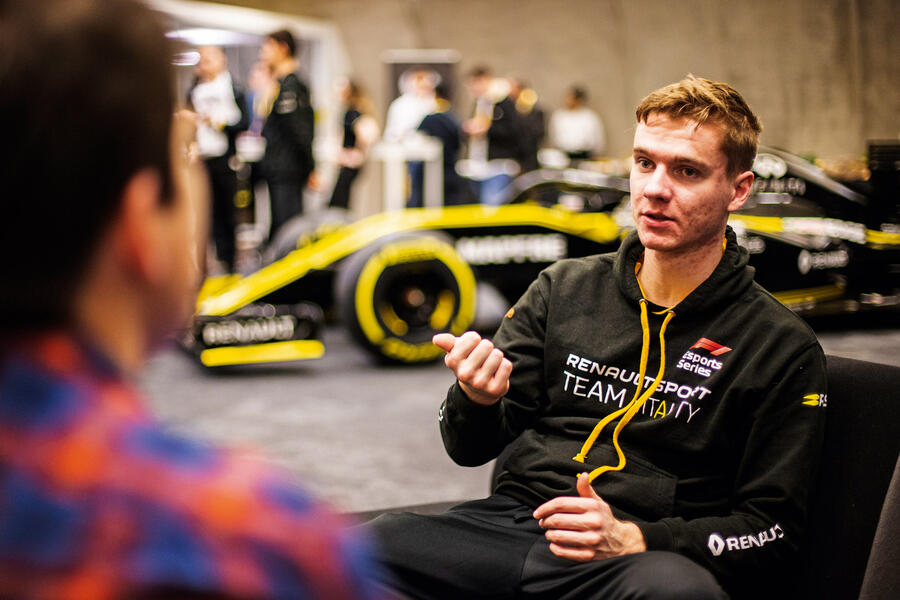
Others argue that e-sports isn’t a replacement for karting as the first rung on the motorsport ladder. “You don’t have the aspect of danger,” Formula 3 and Renault Academy driver Max Fewtrell says. “Contact doesn’t have the same consequences. Karting is a different ball game, trusting the downforce, feeling the grip and knowing what you need to do in a given corner.”
Daniel Ricciardo’s Renault F1 seat may be safe for now, then, but the virtual side of F1 isn’t going to disappear any time soon – especially as it is carries a fraction of the costs, logistics and CO2 emissions of the real thing, which is hoping to reach an ambitious sustainability goal of ‘net-zero carbon’ status by 2030.
More important than that to fans, though, is whether the racing is actually fun to watch. Can virtual F1 races on a screen ever be as exciting as watching the genuine article? “Don’t forget most people watch F1 on a screen as well!” Renault F1 reserve driver Jack Aitken is quick to point out. “I think as long as you can let go of any preconceptions, watching an e-sports race is quite exciting, as the cars are all equal and the drivers are very, very good, so the skill is still there.”
Virtual cars, real telemetry
The F1 game isn’t a full simulation, but it’s still astonishingly detailed. There are more than one trillion different car set-up combinations available to players and every in-game car produces more than 200 data points that are analysed by Renault F1’s IT staff. The ops centre, a necessity of modern F1 due to the maximum number of on-site technical staff permitted per race, would be bustling on a grand prix weekend, but it now performs double duty analysing e-sports replays.
“The game lets us use our technology without impacting the F1 team’s season,” Renault F1 IT manager Ben Hampshire says. “We can use the telemetry to make the same kind of throttle adjustment and brake bias suggestions as the real F1 car.”
Currently, analysis is done after the race, but next year, players could be updated in real time over the radio. “Into 2020, we want our engineers to treat each e-sports event as a real race event,” says Hampshire.
READ MORE
Sim-ply the best: Virtually driving a Ford GT endurance racer
Matt Prior: Jaguar's virtual concept car is great, but it should be a reality

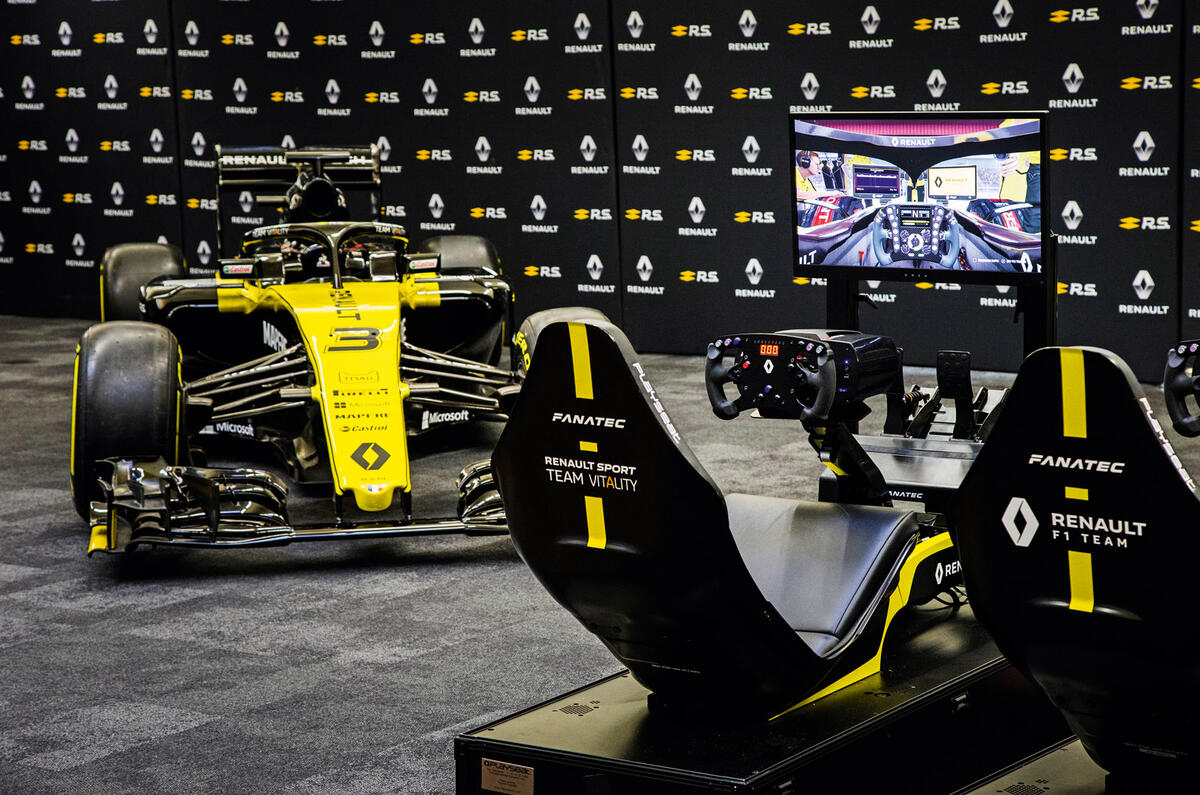
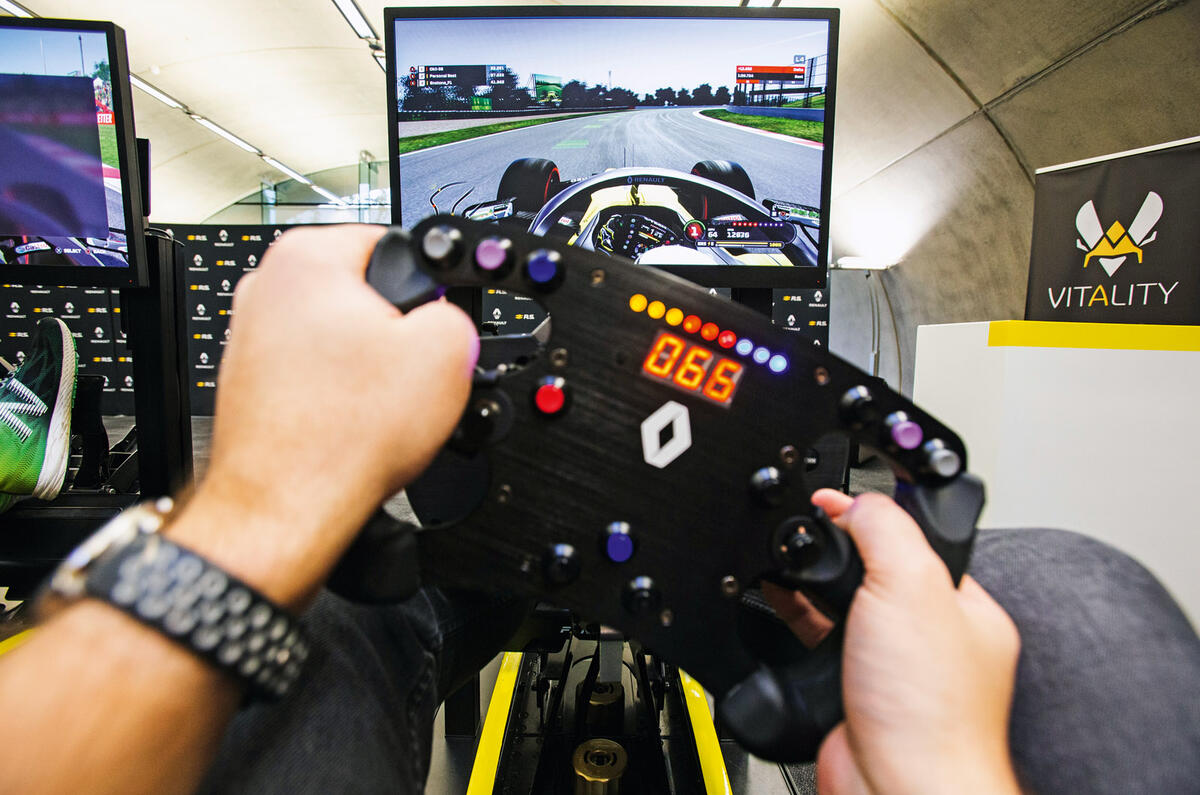
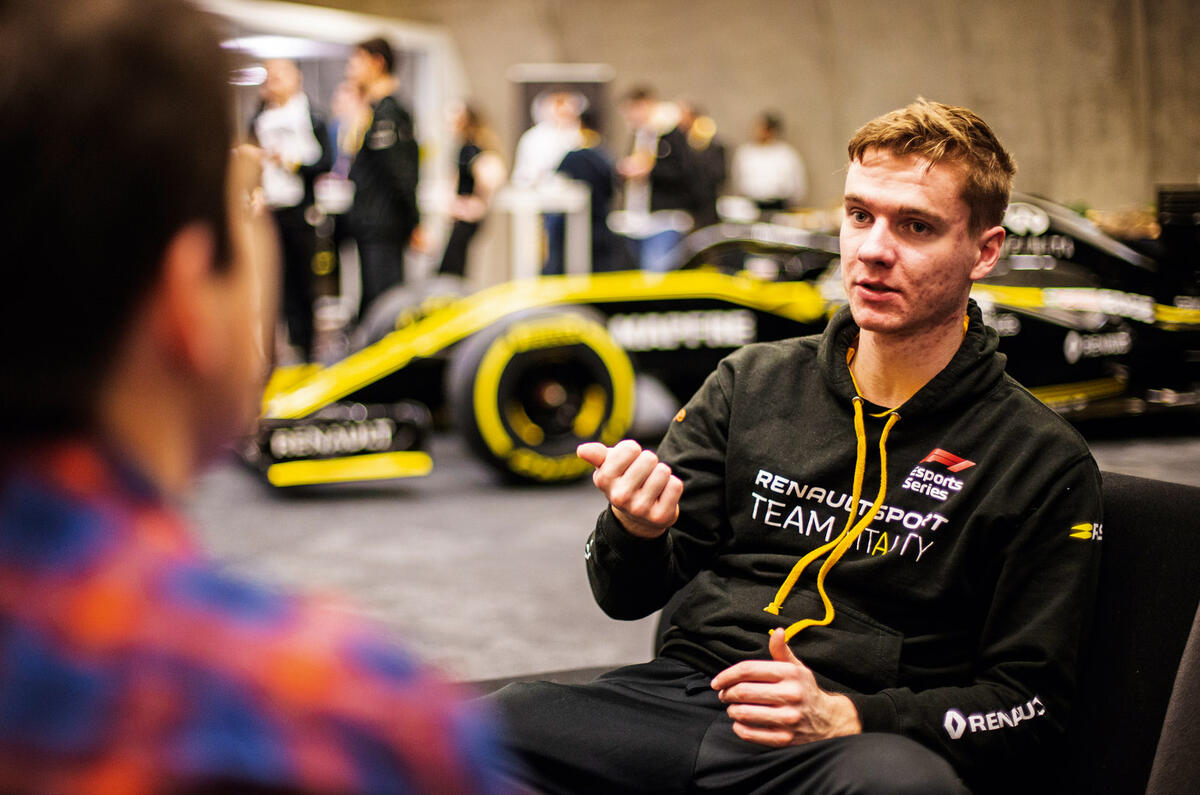
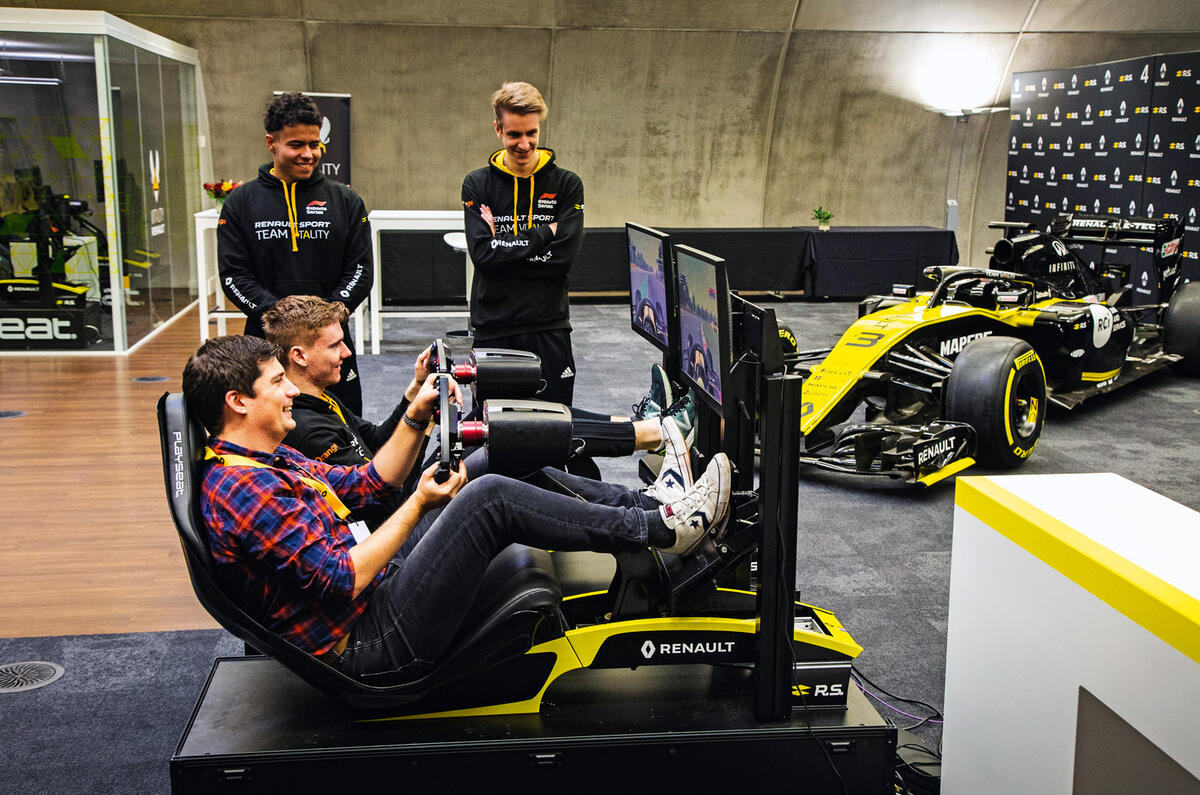
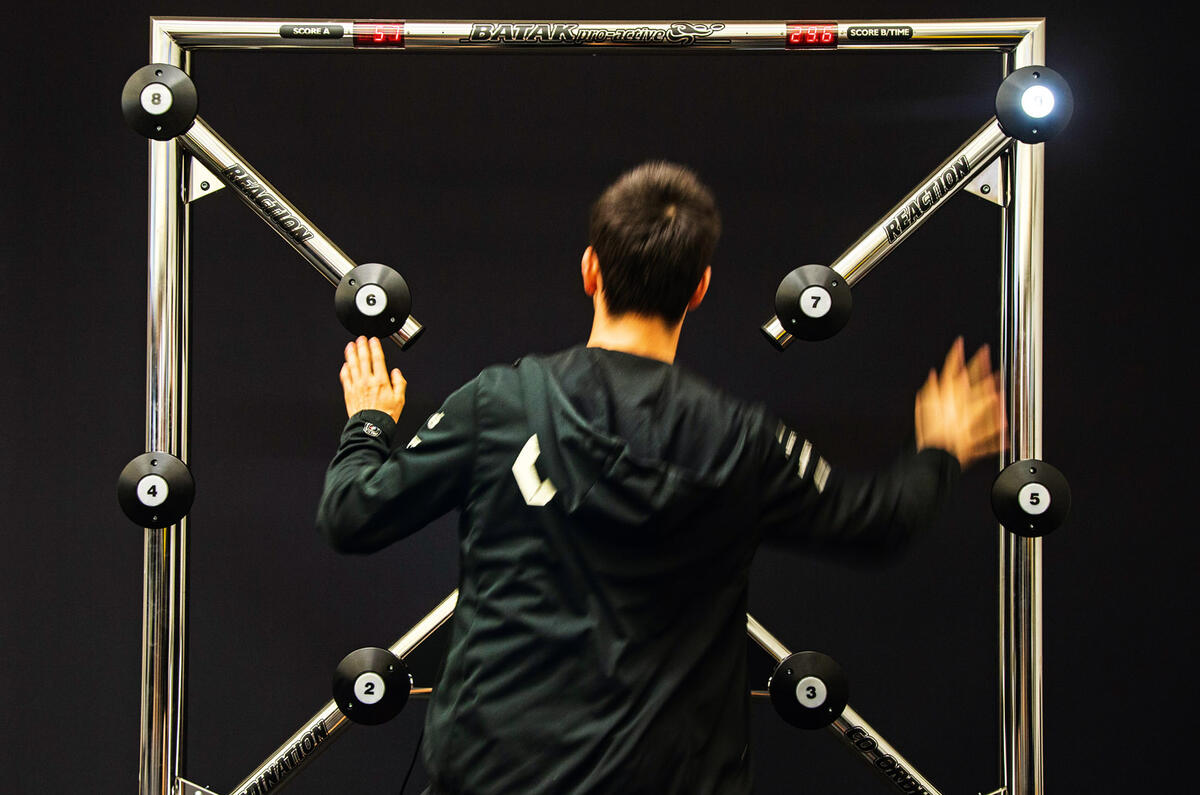

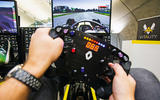
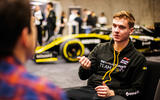

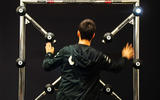


Join the debate
Add your comment
I tried an e-sports sim...
...at the Williams factory hospitality event during the 2019 French Gran,d Prix. To say I was useless was an understatement but the result suggested I should stick to road cars.